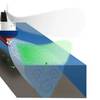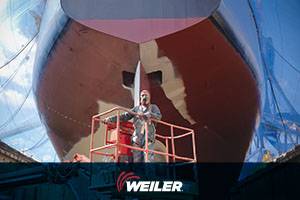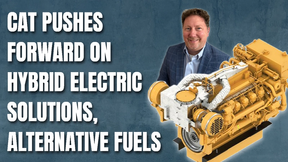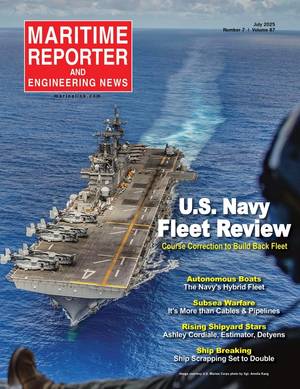Wartsila Awarded Contract
Compared with the alternative power plants, the Wärtsilä 50DF engines have distinctive benefits in LNG carriers. Whilst making maximum use of the gas fuel (boil-off from the cargo of liquefied natural gas) to develop useful power, the high efficiency of these engines calls for a much lower fuel consumption overall and thus lower operating costs than the conventional steam turbine plant. The Wärtsilä 50DF engines also have much lower stack emissions than a steam plant. Their low NOx emissions are about one-tenth those of the equivalent diesel engines. The combination of the engines' low fuel consumption and their maximum use of natural gas means the 50DF engines also have low CO2 emissions. Technical details of the Wärtsilä 50DF engines and their dual-fuel system Developed from Wärtsilä's very successful type 46 diesel engines, the Wärtsilä 50DF engines have cylinder dimensions of 500 mm bore by 580 mm piston stroke. Available in configurations with six, eight and nine cylinders in line, and 12, 16 and 18 cylinders Vee-form, the 50DF engines develop 950 kW per cylinder MCR at 500 or 514 rev/min for 50Hz and 60Hz electricity generation respectively. The Wärtsilä 50DF engines can be run alternatively in gas mode or liquid fuel mode. The engines are also fully capable of switching over from gas to liquid fuel (marine diesel oil) automatically should the gas supply be interrupted, while continuing to deliver full power. Gas fuel is supplied at a low pressure (less than five bar) to the engines. In gas mode, the Wärtsilä 50DF engines operate according to the lean-burn Otto process. Gas is admitted into the air inlet channels of the individual cylinders during the intake stroke to give a lean, premixed air-gas mixture in the engine combustion chambers. Reliable ignition is obtained by injecting a small quantity of diesel oil directly into the combustion chambers as pilot fuel which ignites by compression ignition as in a conventional diesel engine. The Wärtsilä 50DF engines use a "micro-pilot" injection with less than one per cent of the fuel energy being required as liquid fuel at nominal load. Electronic control closely regulates the "micro-pilot" injection system and air-gas ratio to keep each cylinder at its correct operating point between the knock and misfiring limits.













